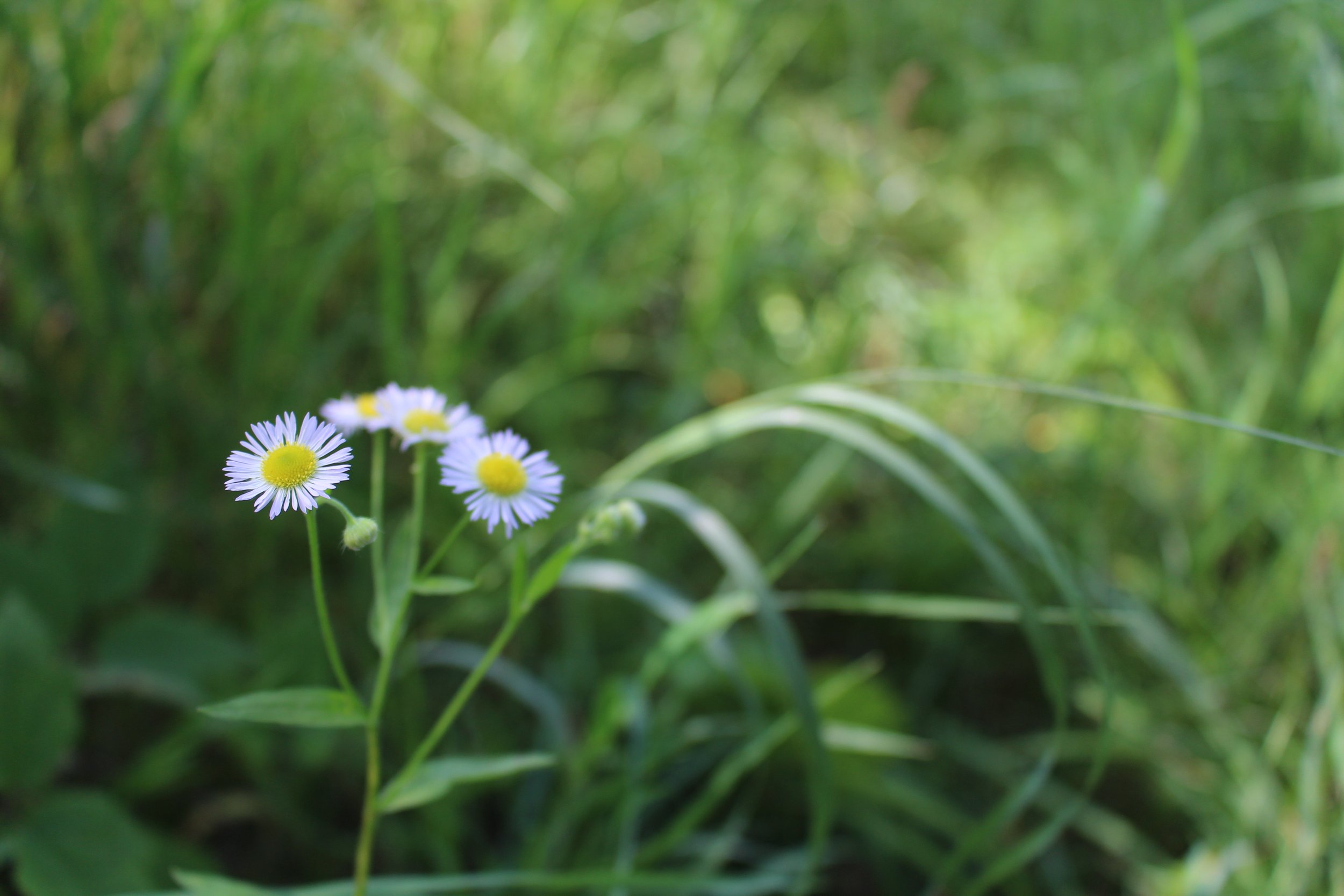Riparian Biodiversity
Know Before
The biodiversity of riparian buffers impacts the health of 12 Mile Creek’s interconnected ecosystem. It is healthiest if a high diversity of different species are present. Over a long period of time, native plants and insects have become highly co-evolved and specialized, relying on each other for specific interactions at various stages of their life cycles. For example, the seeds of trillium species have a cap that contains elaiosome, attracting ants, who take the seeds to their nests, they eat the cap and in turn spread the seed so that it can grow in a new location.
Get Out The Door
Assess riparian vegetation by counting the diversity of plants present.
Count the number of different plant species identifiable along the first 6m of the measured transect (line) in Riparian Vegetation.
To tell different plants apart;
Look for different flower types
Compare the way leaves attach to the stems
Use a magnifying glass to examine the leaf scar found where a leaf was attached to its stem
Compare the shape of the stem and the thorns, or ‘hairs’, that may be on it
Observe patterns along the edges and veins of leaves.
Feel the texture of the leaves and stems. If you suspect it may be poison ivy - leave it be!
Tally the number of different kinds of plants observed.
Did you find any invertebrates, amphibians, reptiles, or birds?
Are there fungi or lichens in this area?
Observations can be identified using iNaturalist. They can also be uploaded via the app, or website, to contribute to this citizen science effort of Ontario’s Natural Heritage Information Centre.
Think Some More
How does plant biodiversity along a steam impact the interactions of living organisms in this environment?
Did you notice any galls that had developed on the plants? Some plants and insects have evolved so that when the insect initiates egg laying, the plant will adjust its growth pattern and grow around the eggs.
Bring Along:
magnifying glass or loupe
iNaturalist app (optional)


